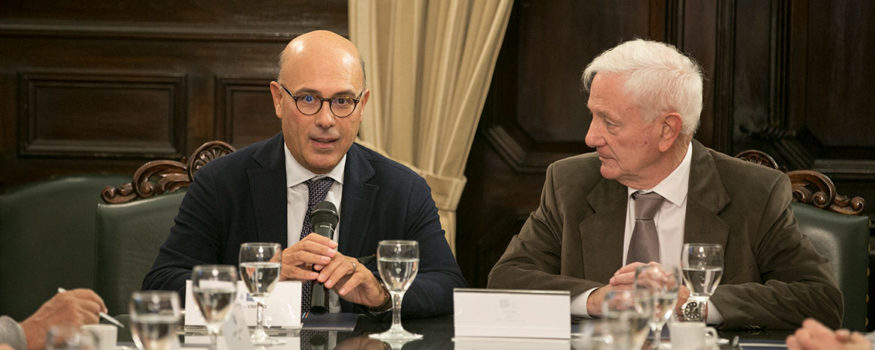Understanding governments regulations in higher education

Countries rely on national legislation on higher education (HE) to regulate different aspects of the sector such as quality assurance, finance or institutional operations. These regulations typically fall into two categories: specific laws dedicated to this sector or sections on HE embedded in general education laws covering multiple levels. The HE Policy Observatory systematically tracks and distinguishes between these legislative approaches, providing clarity on the global landscape of HE regulation.
UNESCO IESALC’s new Policy Insight unveils several findings:
- The great majority of countries in the world adopted legislation to regulate HE (92% of countries).
- Specific laws for HE is the most used type of regulation (78%).
- Only a minority of countries adopted only a section on HE embedded in a multi-level education law (14%).
- Almost a third of countries rely simultaneously on both types of regulations (31%).
- Wealthier countries are more likely to regulate HE exclusively through a law dedicated to HE. In contrast, lower income countries have a higher tendency to have both a dedicated law on HE and a section on HE in the general education law.

While the Policy Insight offers possible explanations for these trends, deeper investigation is needed to unravel the complex factors driving these disparities.
Regulation on HE is critical to support access, quality, accountability and academic freedom, among many other aspects of HE systems. However, governments need to strike a delicate balance between ensuring accountability in the HE sector and upholding the principles of institutional autonomy and academic freedom. Policymakers seeking to introduce or refine regulations around HE should collaborate with key stakeholders to align national agendas with the needs of students, faculty and staff.
Check out the UNESCO IESALC Policy Insight 8 on the legislation regulating HE worldwide here.
RELATED ITEMS








